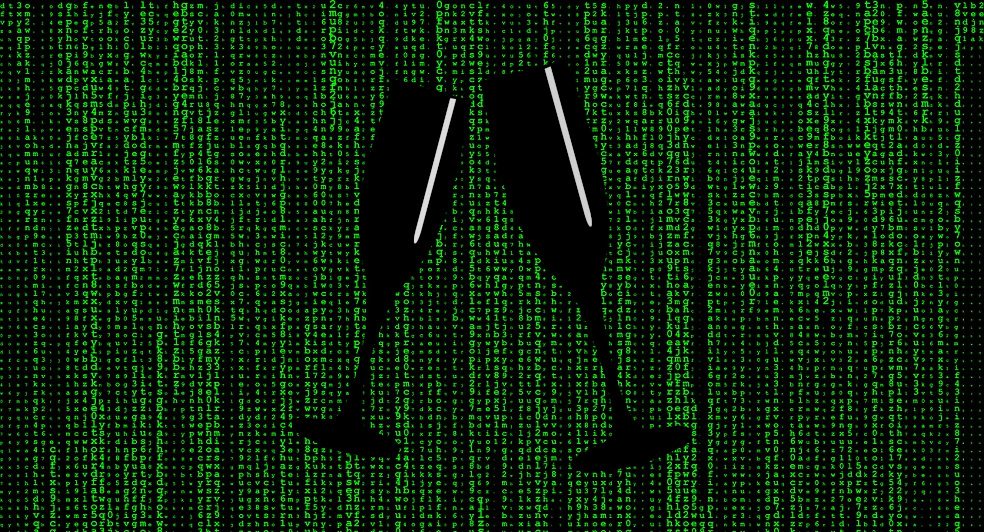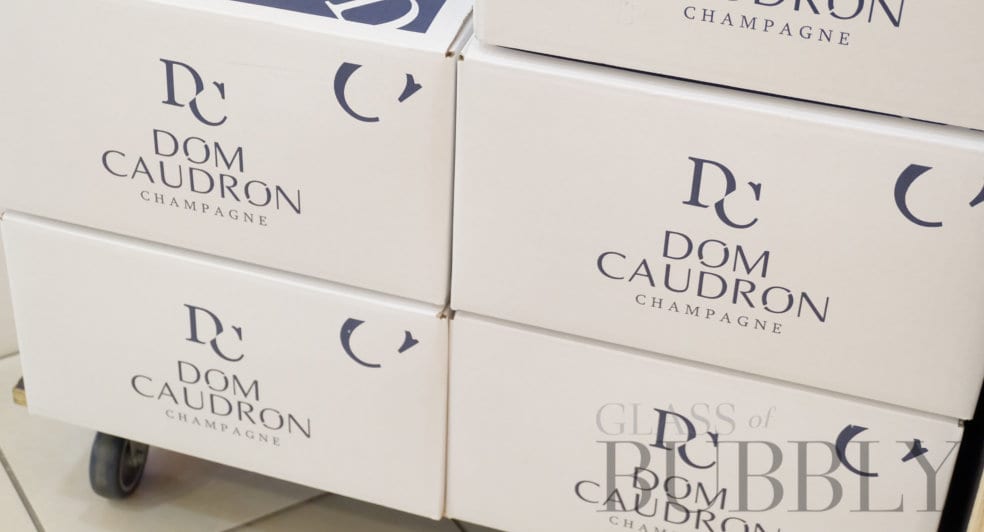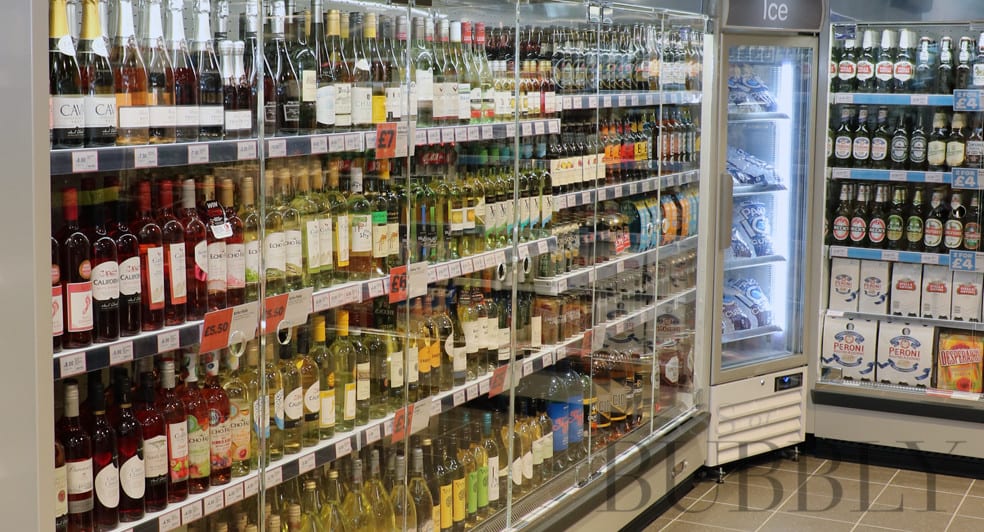The Matrix of Choosing Sparkling Wine
11th July 2022

If I gave you a Glass of Bubbly right now, what would you do with it?
I’m guessing most would drink it, some others would smell it, some might start with looking at the colour or bubbles and maybe some would create a cocktail out of it, but how many wouldn’t touch it, how many would pour it away, offer it to someone else or even return it?
When it comes to picking a bottle of Sparkling Wine, how in control are you? First of all the main options are Champagne and Prosecco, with some maybe considering Cava or English Sparkling Wine, but how many of you know that Croatia or Slovenia make their own Sparkling Wine or South Africa or Argentina make their own.
We all have the option to pick and choose which bottle of Sparkling Wine we want to drink, but we tend to choose the easiest or cheapest.
Champagne and Prosecco have spent a lot of time and effort marketing, in most people’s minds, Champagne is for Celebrating and Prosecco is for Fun, they’ve both spent millions on ensuring that thought into your mind with targeted ad campaigns, promotional events, even down to the subtle nudges like the price tag and design of some labels.
We all have the choice to pick a bottle of Sparkling Wine from somewhere else in the world, but Champagne and Prosecco are found in every local supermarket, at affordable prices, so why bother looking elsewhere in our hectic lives.
After Brexit, the English government decided to put a nail in the coffin for a lot of Champagne and Sparkling Wine importers, by hiking up prices on getting wines into the country for unnecessary reasons cutting down the importer trade and reducing the amount of international Sparkling Wines, including small independent growers, even the likes of small family producers in Champagne, from being able to afford entry to England. This action reduced, very quickly, the choice most of us have to discover the world of Sparkling Wine.

The way the Sparkling Wine importer trade works and helps the consumers is that the Importer buys in bulk certain Sparkling Wines and then sells to the English consumers, rather than you buying 1 or 2 bottles directly from the winery, which would be cheaper, but once you add on all the shipping and importation costs, it becomes more expensive, the importer instead buys in bulk, making it cheaper for them to get it into the country, (at least it did) so when you buy from the importer, you’re basically paying for the bottle, a little for the importation and the importer’s fee.
It’s of course not impossible to drink lesser-known but sometimes better, international Sparkling Wine, some importers are still operational and you can buy from the wineries online, but with these prices being more expensive and some places possibly requiring you to buy a case of 6 bottles rather than just one, the Supermarket or local liqueur store still remains the only option for most, because of the price or because they don’t know anything else.
For some people, they might believe that the supermarket is the only place to buy Champagne or Prosecco unless you go directly to the winery. When you hear the saying ‘Knowledge is Power’ that saying is more true than most people realise. Most people think well of course it is, it’s what allows us to speak to each other, do well in school and work well at our jobs, but you need to start thinking bigger than that, knowledge can save your life.
Let’s now put ourselves in the mind of Tom, Tom is a 25-year-old English man who lives with his girlfriend in Colchester, he’s also a fictional character, he’s walked into his local supermarket and is now standing in the Champagne and Sparkling Wine aisle, he takes a step back and looks forth to the wide selection of Champagne’s and Prosecco’s, he sees something called Cava but doesn’t know what that is, so decides to ignore it.

As he’s looking, he spots the classic labels like Lanson and Moët & Chandon, but for some reason today, Tom doesn’t want to go with the classic labels. As he’s looking, he will see one or two things, the label or the packaging, some bottles go for a cardboard branded box, some others will go for a bottle sleeve, some might go for a necktie, but most are just the bottle, so ‘the label is the seller’, that’s the thing that persuades the customer to pick your bottle up over the one next to it, but for many wineries, the label can be a deeply personal addition to the bottle, of course showing their name, but the design could show the parcel of land it was grown on, a building in the town it was produced or the house which belongs to the family, so some labels rather than being flashy and eye-catching, they are more reserved, because of the personal and meaningful connection they have to the family that produced the wine.
There are some labels that go for eye-catching, like a giant Pirate Skull, or colorful interpretive art, both these bottles that I’m thinking of are actually Cava.
Cava could have the same presence as Champagne or Prosecco, they have the unique name and they have the budget, they did try marketing, that’s why they are at the position they are today, but they stopped short of where they could have ended up, Champagne and Prosecco are constantly battling it out for 1st, but Cava always sits at 3rd, no matter the competition and with English Sparkling Wine reaching higher quality and becoming more known every day, it will end up taking 3rd place from Cava here in the UK.
After he’s looked at the label and his mind has made a small connection to one or two, he’ll then look at the price tag to see if it’s within his budget, his girlfriend’s parents are coming over for dinner, so they both decided to spend up to £20 a bottle, rather than their normal £10, they want this evening to go down well, and Tom wants the Sparkling Wine to be perfect, so Tom turns his eye from Prosecco over to solely Champagne, although he could buy 2 or 3 bottles of Prosecco, so they could enjoy Sparkling Wine all night, Tom knows that Prosecco doesn’t have the same image as Champagne and when wanting to make an impression, Champagne has that marketing edge over Prosecco.
Now Tom is slightly stuck, all of the Champagne labels are rather similar to Tom, none of them stand out with the brighter colours Prosecco sometimes has, so Tom starts looking at the winery names, Champagne this and Champagne that, most of them sound like peoples names, Roger, Faniel, Bonnet, now Tom is looking to see if he can find one with his Girlfriends father’s name on, that would surely impress him, but unfortunately he can’t find a bottle of Champagne Steve.
Feeling slightly disheartened and under pressure of his own doing, he looks deeper into the label, he sees most of them say Brut on the label, one says Brut Nature and a few others say Extra Brut, with another even saying ‘Dry’, Tom then remembers that his girlfriend said to him that her father doesn’t like sweet desserts, Tom looks down into his basket and sees the wide array of Cheeses he’s about to buy, instead of a cheesecake or pastry delight for her father, so when he looks back up to the shelf his eyes lock onto the bottle with Dry on the label, naturally he thinks that this bottle of Champagne will taste dryer than the standard Brut which he usually buys.
He picks up the bottle of Dry Champagne believing he’s made the correct decision, when he gets home he’ll look up the winery and do little research, so he has some talking points to impress his guests.
If you’re reading this article then you might be slightly more knowledgeable than Tom and not make the same mistake, we have the choice and the illusion of choice at every decision we make, but if someone else displays our options out for you, then is it really you making the decision, so the question still remains “How In Control Are You?”
![]()
Oliver Walkey
Champagne and Sparkling Wine Writer, Focused on Bringing the Exciting and Fascinating World of Bubbly to You.
